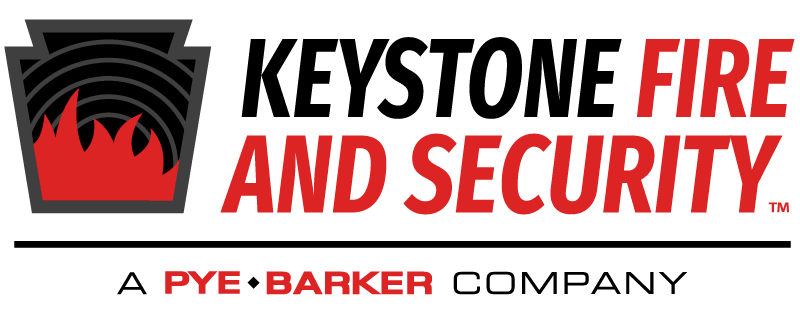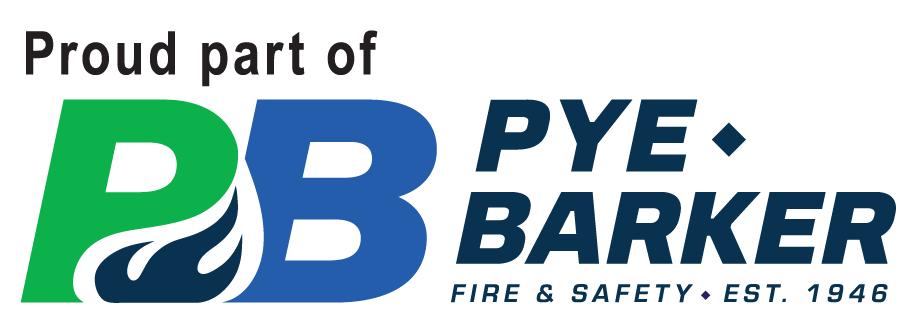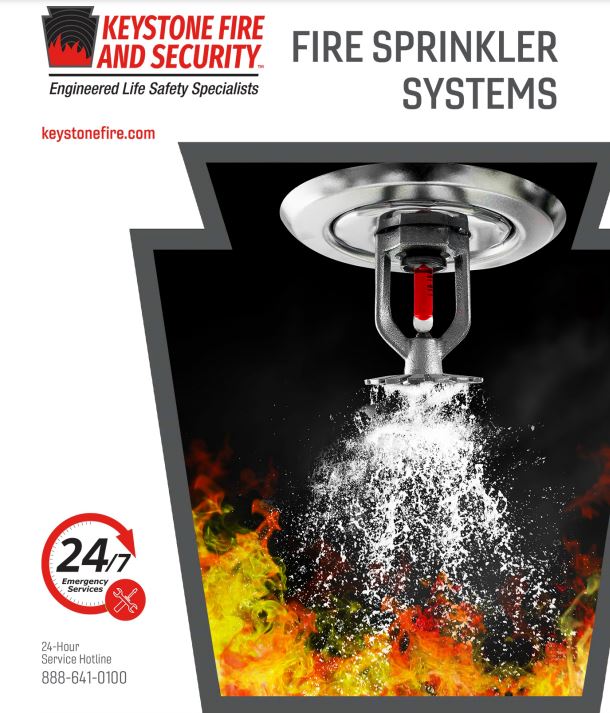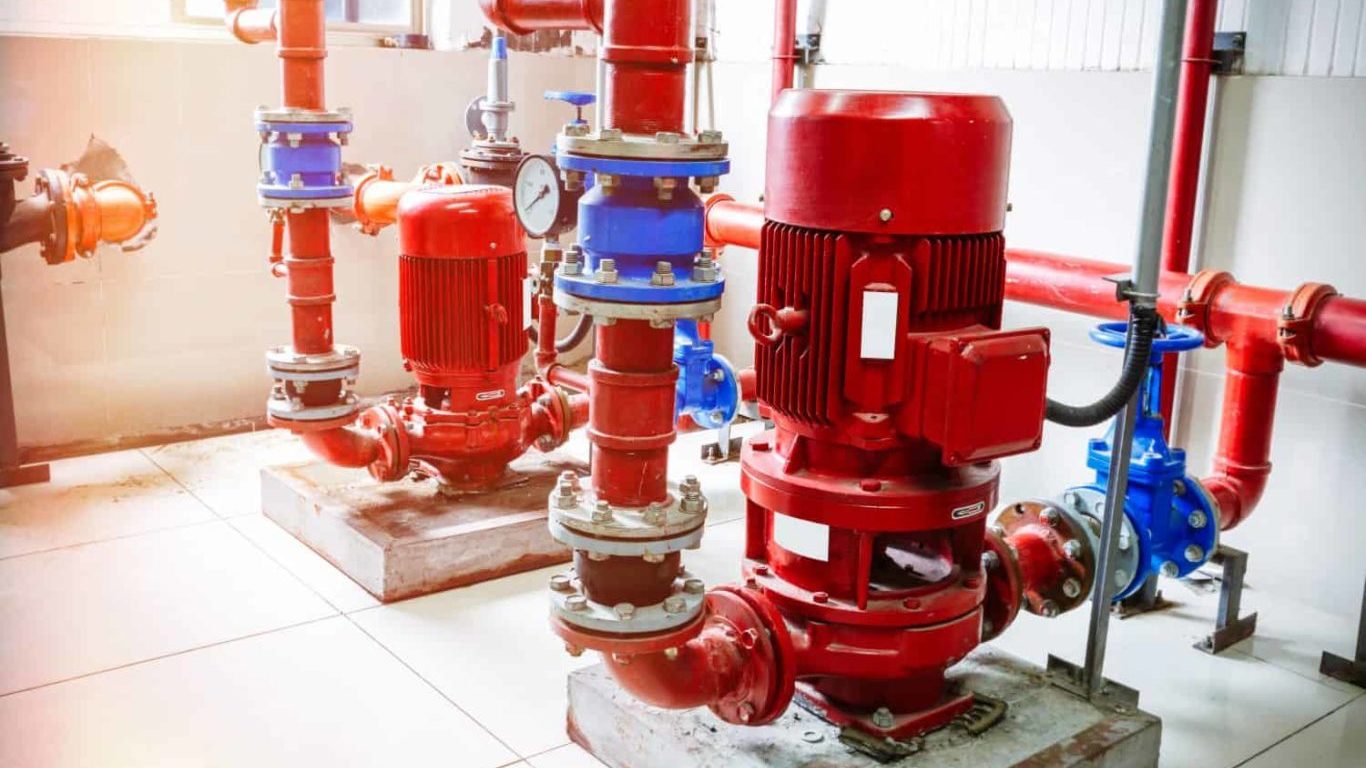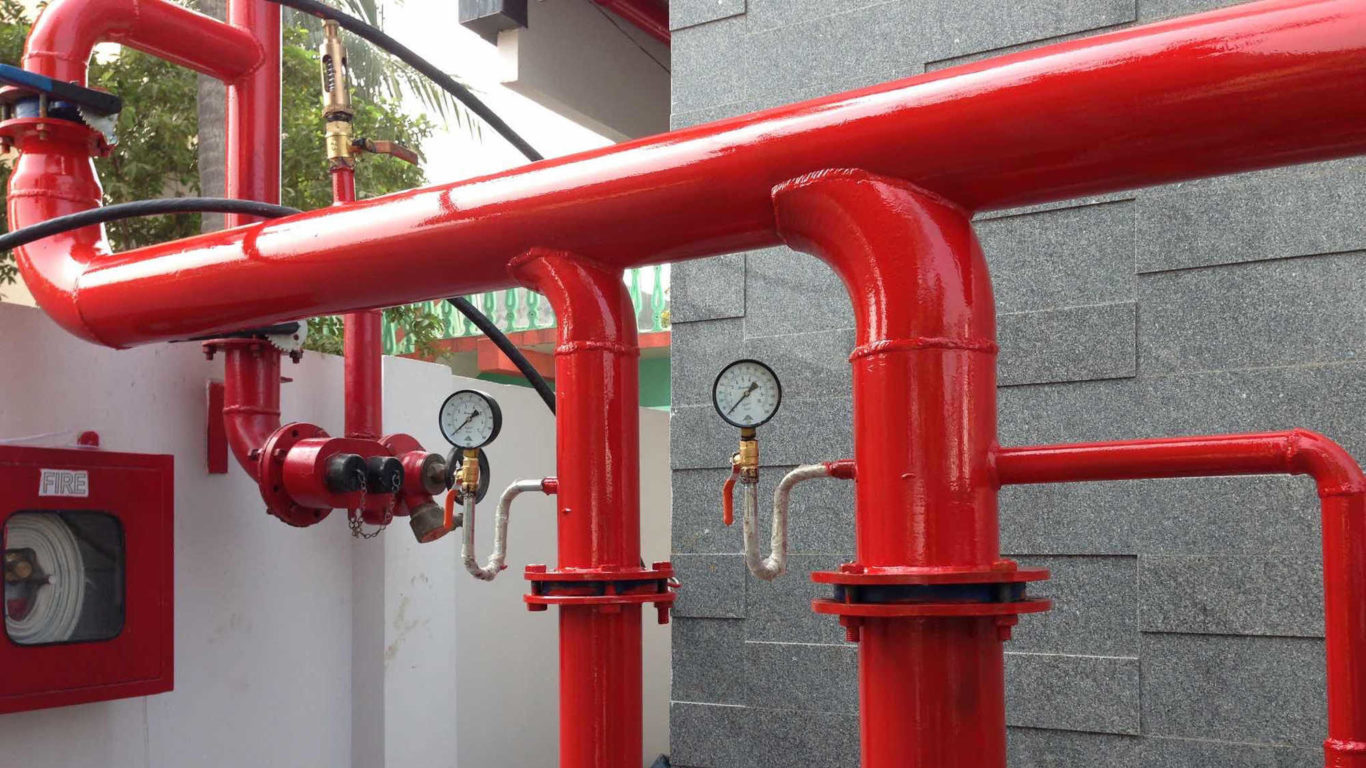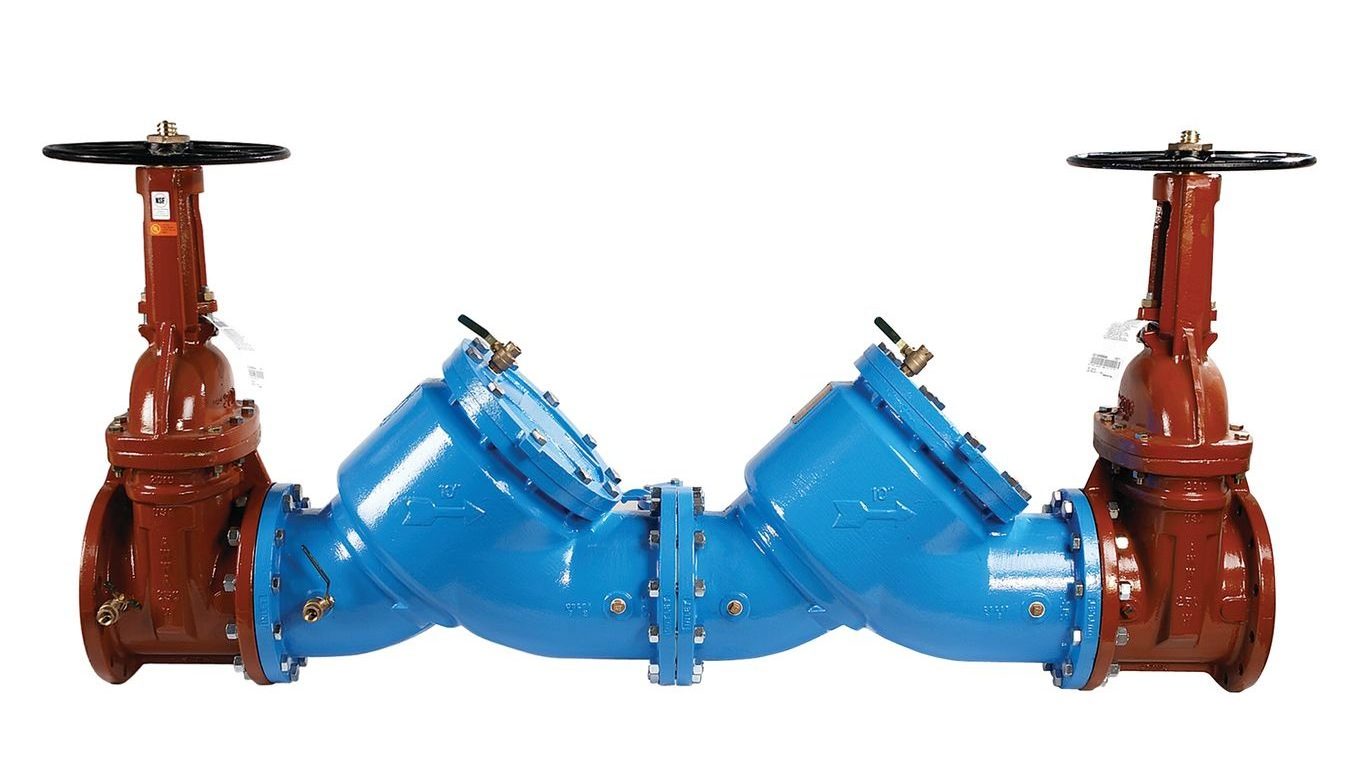CONTROL FIRE, LIMIT DAMAGE
Fire Sprinkler Systems
SIMPLE LIFE SAFETY IS
EFFECTIVE LIFE SAFETY
Whether you need fire sprinkler systems in a school, hospital, restaurant, manufacturing, or residential facility, Keystone will design, install, inspect, and maintain your equipment in accordance with all local codes and standards.
Save Money – Prevent Freeze Breaks!
Wet pipe systems are by far the most common and most cost-effective of the four fire sprinkler technologies. Constantly charged with water, wet sprinklers are designed to discharge at a specified temperature, limiting and controlling the spread of fire.
Keystone designs, installs, inspects, and repairs wet sprinkler systems, as well as fire pumps and backflow preventers. These services are critical to effective system operation and code compliance.
Dry pipe fire sprinklers are the system of choice when the piping will be exposed to temperatures below 40 degrees F. Dry sprinkler system piping does not contain any water and is charged with pressurized gas (compressed air or nitrogen). When a fire occurs and generates enough heat to release the sprinklers, the gas in the pipes escapes, resulting in a drop in system gas pressure, which allows the dry valve to open and water to flow to the activated sprinklers.
Pre-action sprinkler systems are specialized for use in locations where accidental activation could damage high value physical assets. Similar to a dry-pipe system, a pre-action sprinkler system uses piping pressurized with air or nitrogen. The pre-action system holds back the water with an electrically operated valve, known as a pre-action valve. Water will not flow into the system until the supplemental fire detection system operates, signaling the pre-action valve to open.
Like a pre-action sprinkler system, a deluge system holds back water via an electrically operated deluge valve. However, unlike pre-action systems, the sprinkler heads are always open, and the piping is not pressurized with air.
When the automatic detection system activates, the valve is opened and water releases through all the heads simultaneously, releasing copious amounts of water.
Flammable liquid fires cannot be contained with water alone and require foam for extinguishment. Foam, mixed with water, blankets the liquid that is on fire, eliminating the oxygen supply and extinguishing it.
AFFF and FFFP foams have recently come under scrutiny as a potential groundwater contaminants. Accordingly, new environmentally friendly alternative foam agents are being developed and are just now coming to market.
Discharge testing of AFFF and FFFP foam systems should be suspended immediately. To learn more about how to responsibly dispose of your existing foam concentrates and to upgrade your system to a new agent, contact Keystone today.
AUXILIARY SPRINKLER SYSTEM COMPONENTS
Here are some of the most common components associated with sprinkler systems.
FIRE PUMPS
An automatic fire pump is an adjunct to a sprinkler system that provides additional water pressure and volume when municipal supply is inadequate for the hazard. They are typically used in high rise buildings, large warehouses, and systems without a positive pressure water supply (tanks, lakes, ponds, etc).
STANDPIPES
Standpipes are a vertical piping network, typically found in stairwells, designed for use by fire departments to extend their ability to fight fires within multi-story buildings. Standpipes can be either wet or dry, subject to the same environmental limitations as wet and dry sprinkler systems.
BACKFLOWS
Backflow prevention assemblies (BFPs) inhibit the reverse flow of brackish sprinkler water that could otherwise contaminate the drinking water supply. BFPs are required on potable water lines serving fire sprinkler systems, fire service standpipes, and fire hydrants.
Industries Served
Commercial Kitchens
Education & Large Venue
Manufacturing
Property Management
Warehousing
General Contractors
Municipalities
High-Value Assets
Energy & Utilities
Houses of Worship
Parking Enforcement
Healthcare
Law Enforcement
Correctional Facilities
